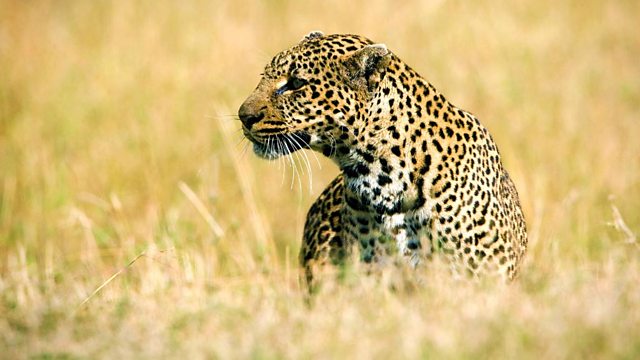How the Leopard got his spots
Vivienne Parry with the science behind Kipling's stories. Can a leopard change its spots? Readings by Samuel West. From 2013.
Chemist Andrea Sella and biologist Buzz Baum explain why a leopard could change its spots, thanks to mathematician Alan Turing.
Vivienne Parry presents the science behind some of Rudyard Kipling's Just So Stories, with wondrous tales of how things really came to be.
Rudyard Kipling tells us how the leopard got his spots, the camel his hump, the whale his throat and so forth. But what does science make of these lyrical tales? For the most part, just-so stories are to be dismissed as the antithesis of scientific reasoning. They're ad hoc fallacies, designed to explain-away a biological or behavioural trait, more akin to folklore than the laws of science. But on closer inspection, might Kipling's fantasies contain a grain of truth? And might the "truth" as science understands it, be even more fantastic than fiction?
Vivienne meets researchers whose work on some of Kipling's 'best beloved' creatures is helping us to answer a rather inconvenient question: how do traits evolve? Why are some animals the way they are?
Excerpts from five of the Just So Stories are read by Samuel West.
Producer: Rami Tzabar
First broadcast on BBC Radio 4 in January 2013.
Last on
More episodes
Previous
The Belousov-Zhabotinsky chemical reaction showing what are known as Turing Patterns

The Belousov-Zhabotinsky chemical reaction showing what are known as Turing Patterns
Credit: Dr Susi Arnott (Walking Pictures)
Broadcasts
- Tue 15 Jan 2013 13:45BBC Radio 4 FM
- Wed 31 Jul 2013 09:30BBC Radio 4
- Tue 3 Mar 2020 14:15BBC Radio 4 Extra
- Wed 4 Mar 2020 02:15BBC Radio 4 Extra

